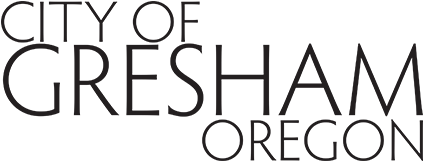- Home
- Human Resources
- Employee Benefits
- Transparency in Coverage
Human Resources
Transparency in Coverage
On Nov. 12, 2020, the Departments of Health and Human Services, Labor and the Treasury finalized the Transparency in Coverage Rule, which requires health insurers and group health plans to create a member-facing price comparison tool and post publicly available machine-readable files that include in-network negotiated payment rates and historical out-of-network charges for covered items and services, including prescriptions drugs. Data in machine-readable files must be updated monthly.
- Kaiser Permanente transparency in coverage machine-readable files
- UMR/United Healthcare transparency in coverage machine-readable files
Details of the Transparency in Coverage rule
Publicly available machine-readable files
Insurers and plans will be required to make available to the public – including consumers, researchers, employers, and third-party developers – machine-readable files disclosing detailed information on the costs of covered items and services including prescription drug pricing, as follows:
- Negotiated rates for in-network providers
- Historical allowed amounts and billed charges for out-of-network providers
- Negotiated rates and historic net prices for prescription drugs (delay pending rulemaking)
Consumer price transparency tool
The Transparency in Coverage rule requires insurers and plans to create online consumer tools that include personalized information regarding members’ cost-sharing responsibilities for covered items and services, including prescription drugs. The tool must be an internet-based cost estimator tool, like the UnitedHealthcare App, or My Script Finder albeit with additional requirements, to estimate personal cost-share liability for both medical and prescription drugs.
The tools must:
- Permit members to search based on billing code or description.
- Allow members to compare costs across both in-network and out-of-network providers.
- Inform members of any accumulated deductible or other out-of-pocket expenditures to date.
- List any factors that impact the cost such as service location or drug dosage.
- Provide cost estimates in paper format at the member’s request.
Beginning with plan years on or after Jan. 1, 2023, the cost estimator tool must disclose information on 500 items, services and prescription drugs identified in the final rule. Starting with plan years on and after Jan. 1, 2024, the tool must list all covered items and services including prescription drugs.





